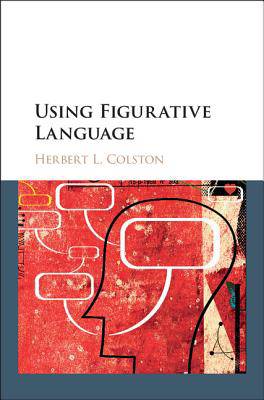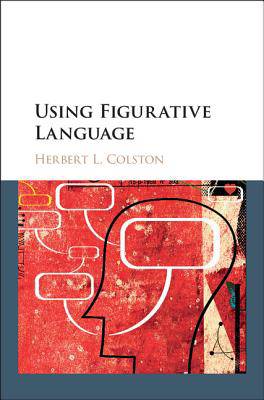
- Afhalen na 1 uur in een winkel met voorraad
- Gratis thuislevering in België vanaf € 30
- Ruim aanbod met 7 miljoen producten
- Afhalen na 1 uur in een winkel met voorraad
- Gratis thuislevering in België vanaf € 30
- Ruim aanbod met 7 miljoen producten
Zoeken
Omschrijving
Using Figurative Language presents results from a multidisciplinary decades-long study of figurative language that addresses the question, "Why don't people just say what they mean?" This research empirically investigates goals speakers or writers have when speaking (writing) figuratively, and concomitantly, meaning effects wrought by figurative language usage. These "pragmatic effects" arise from many kinds of figurative language including metaphors (e.g., "This computer is a dinosaur"), verbal irony (e.g., "Nice place you got here"), idioms (e.g., "Bite the bullet"), proverbs (e.g., "Don't put all your eggs in one basket") and others. Reviewed studies explore mechanisms - linguistic, psychological social and others, underlying pragmatic effects, some traced to basic processes embedded in human sensory, perceptual, embodied, cognitive, social and schematic functioning. The book should interest readers, researchers and scholars in fields beyond psychology, linguistics and philosophy that share interests in figurative language - including language studies, communication, literary criticism, neuroscience, semiotics, rhetoric and anthropology.
Specificaties
Betrokkenen
- Auteur(s):
- Uitgeverij:
Inhoud
- Aantal bladzijden:
- 284
- Taal:
- Engels
Eigenschappen
- Productcode (EAN):
- 9781107105652
- Verschijningsdatum:
- 19/11/2015
- Uitvoering:
- Hardcover
- Formaat:
- Genaaid
- Afmetingen:
- 152 mm x 229 mm
- Gewicht:
- 548 g

Alleen bij Standaard Boekhandel
+ 374 punten op je klantenkaart van Standaard Boekhandel
Beoordelingen
We publiceren alleen reviews die voldoen aan de voorwaarden voor reviews. Bekijk onze voorwaarden voor reviews.











